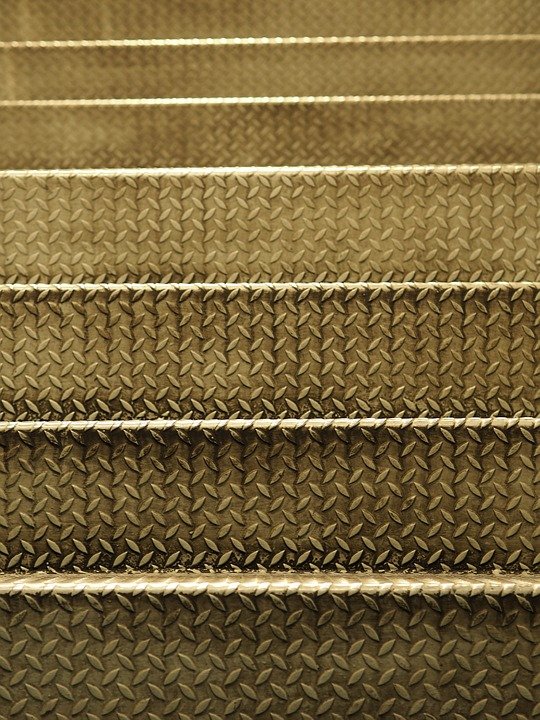Solving the Acne Puzzle: Understanding Different Types and How to Treat Them
Acne is one of the most common skin conditions, affecting millions of people worldwide. While most people only experience occasional breakouts, for others, acne can be a persistent and frustrating problem. However, the good news is that with the right understanding of different types of acne and how to treat them, managing this pesky skin condition can become much easier.
There are several different types of acne that can affect individuals, each with its own distinct characteristics and treatment options. Understanding the specific type of acne you are dealing with is crucial in finding the most effective treatment plan. Here are some of the different types of acne and how to treat them:
1. Whiteheads and Blackheads
Whiteheads and blackheads are the most common types of acne, and they are often referred to as non-inflammatory acne. Whiteheads occur when the hair follicles become plugged with oil and dead skin cells, causing a small white bump to appear on the skin. Blackheads, on the other hand, are similar to whiteheads, but the plugged follicles are open and exposed to air, which causes them to darken.
Treatment: The best way to treat whiteheads and blackheads is through regular exfoliation and using products containing salicylic acid or benzoyl peroxide. These ingredients can help to unclog pores and prevent new breakouts from occurring.
2. Papules and Pustules
Papules and pustules are considered inflammatory acne, and they are characterized by red, swollen bumps on the skin. Papules are small, raised bumps that are usually pink in color, while pustules are similar in appearance but contain a white or yellowish center.
Treatment: To treat papules and pustules, it’s important to use products that contain anti-inflammatory ingredients, such as niacinamide and sulfur. Additionally, topical or oral antibiotics may be prescribed by a dermatologist to help reduce inflammation and clear up the skin.
3. Nodules and Cysts
Nodular and cystic acne are the most severe forms of acne and are characterized by large, painful, and deeply rooted bumps on the skin. These types of acne are more difficult to treat and can often lead to scarring if not properly managed.
Treatment: Nodular and cystic acne often require a more aggressive treatment approach, such as prescription-strength retinoids or oral medications like isotretinoin. In some cases, cortisone injections may also be necessary to reduce inflammation and speed up the healing process.
In addition to understanding the different types of acne and their respective treatments, it’s also important to maintain a healthy skincare routine to prevent future breakouts. This includes cleansing the skin twice daily, using non-comedogenic products, and protecting the skin from sun damage.
Ultimately, managing acne is a journey that requires patience and consistency, as there is no one-size-fits-all solution. If over-the-counter treatments aren’t providing the desired results, it’s best to consult with a dermatologist who can provide personalized recommendations and guidance. By understanding the different types of acne and how to treat them, individuals can take control of their skincare and achieve clearer, healthier skin.
